Frederica Freyberg:
Another employer hanging out the “Now Hiring” signs, school bus companies. In Wisconsin, more than 600,000 students take a school bus every day, with more than 15,000 of the iconic yellow buses on the road. But there remains a severe shortage of drivers. One Wisconsin company that operates in 45 school districts is certainly feeling the pinch. Paul Mennen is statewide school bus manager for Lamers Bus Lines. He joins us now from Green Bay and thanks very much for being here.
Paul Mennen:
You’re welcome.
Frederica Freyberg:
So have you ever seen anything like this in your business?
Paul Mennen:
No. There’s always been a driver shortage in the past few years, but this is ultimately has been the worst in the past year or so.
Frederica Freyberg:
So how severe is the shortage of drivers across the state and the nation?
Paul Mennen:
Well, across the nation in many communities it’s actually beyond critical. You may have seen articles where they even have the National Guard helping drive kids to and from school using their school buses. But as a company as a whole, speaking for us, we can easily hire for the state of Wisconsin probably 300 drivers to fill the positions that we currently have as a company just to get us back to where we were say two years ago.
Frederica Freyberg:
So what impact does this shortage have then on the routes that you run and getting students where they need to be?
Paul Mennen:
We’ve had to get pretty creative. We’ve had to double up routes. Some school districts have changed bell times in order to maximize the use of bus, of the buses and/or drivers. And we’ve had to just consolidate where we had to and in some cases we’ve had to notify the school that we had a driver call in sick and that parents may have had to take them to school that morning and all hands are on deck, office staff, any maintenance staff that have a CDL and can drive are filling those vacancies.
Frederica Freyberg:
How stressful is this for someone like yourself in charge of these logistics?
Paul Mennen:
Well, it’s very stressful. I mean, we’re up at 4:00 a.m., not really sure, checking to see who may not have been able to come in. We’re still in the midst of a pandemic. We have drivers that will call in and say I’m not feeling well, so they — we can’t allow them to drive. So that creates a shortage last-minute. It does upset our customers. We’ve had to say we can’t fulfill athletic trips because we’re prioritizing the home-to-school routes versus say a middle school track team or a sporting event and parents are now forced to either bring their student athletes to those games, or the districts are looking for any other way to get the teams to their events.
Frederica Freyberg:
Super, super difficult. But in a city like Milwaukee, where something like 40,000 students take the bus, what is this hardship like in a city like that?
Paul Mennen:
I think it’s pretty chaotic. I think it’s disruptive to the families. It’s disruptive to the school staff. You know, students are late. Students are not getting what they — unfortunately, what they deserve, you know, to be to school on time and to participate in activities like they used to.
Frederica Freyberg:
Could this be fixed with more pay for the drivers or what exactly is happening here?
Paul Mennen:
In all honesty, you know, what that amount is I’m sure, you know, all companies, including ourselves, we see it. Everyone is increasing the rate of pay. So it’s not necessarily filling. It’s just hopefully keeping people from leaving for other positions that may be available that are not involving driving a school bus. So we’re trying to be competitive with other companies seeking the existing workforce that’s out there. Quite frankly, I think the issue is is there’s just not enough people entering the workforce and we see the generation, the baby boomer generation, leaving. And this was predicted many years ago, that there’s going to be a worker shortage. The pandemic has just added a little extra layer to it.
Frederica Freyberg:
Can you give us a sense just for folks out there who might be listening to this and thinking “I could drive a school bus.” What is kind of the starting pay, or the pay?
Paul Mennen:
Well, it varies a little bit around the state but, you know, for the most part you’re looking anywhere from $18 to $24 an hour, depending — for school routes, depending on what market or where you live. That’s, you know, the general, typical hourly rate that you would see for a school bus driver.
Frederica Freyberg:
All right. So those jobs are certainly out there. As you say, right now you are looking for about 300 new drivers. All right. Well, Paul Mennen, we wish you well with this issue. Thank you for joining us.
Paul Mennen:
Absolutely.
Frederica Freyberg:
Mennen says many retirees who picked up work as school bus drivers left during the pandemic but he hopes they return when the risk eases.
Search Episodes
News Stories from PBS Wisconsin
10/27/25
Planned Parenthood of Wisconsin resumes offering abortions after pause related to federal funding
10/27/25
‘Here & Now’ Highlights: US Rep. Glenn Grothman, US Rep. Mark Pocan, Chancellor Jennifer Mnookin

Donate to sign up. Activate and sign in to Passport. It's that easy to help PBS Wisconsin serve your community through media that educates, inspires, and entertains.
Make your membership gift today
Only for new users: Activate Passport using your code or email address
Already a member?
Look up my account
Need some help? Go to FAQ or visit PBS Passport Help
Need help accessing PBS Wisconsin anywhere?

Online Access | Platform & Device Access | Cable or Satellite Access | Over-The-Air Access
Visit Access Guide
Need help accessing PBS Wisconsin anywhere?

Visit Our
Live TV Access Guide
Online AccessPlatform & Device Access
Cable or Satellite Access
Over-The-Air Access
Visit Access Guide
 Passport
Passport
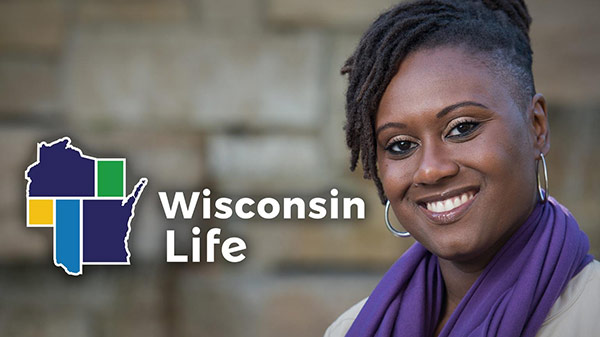
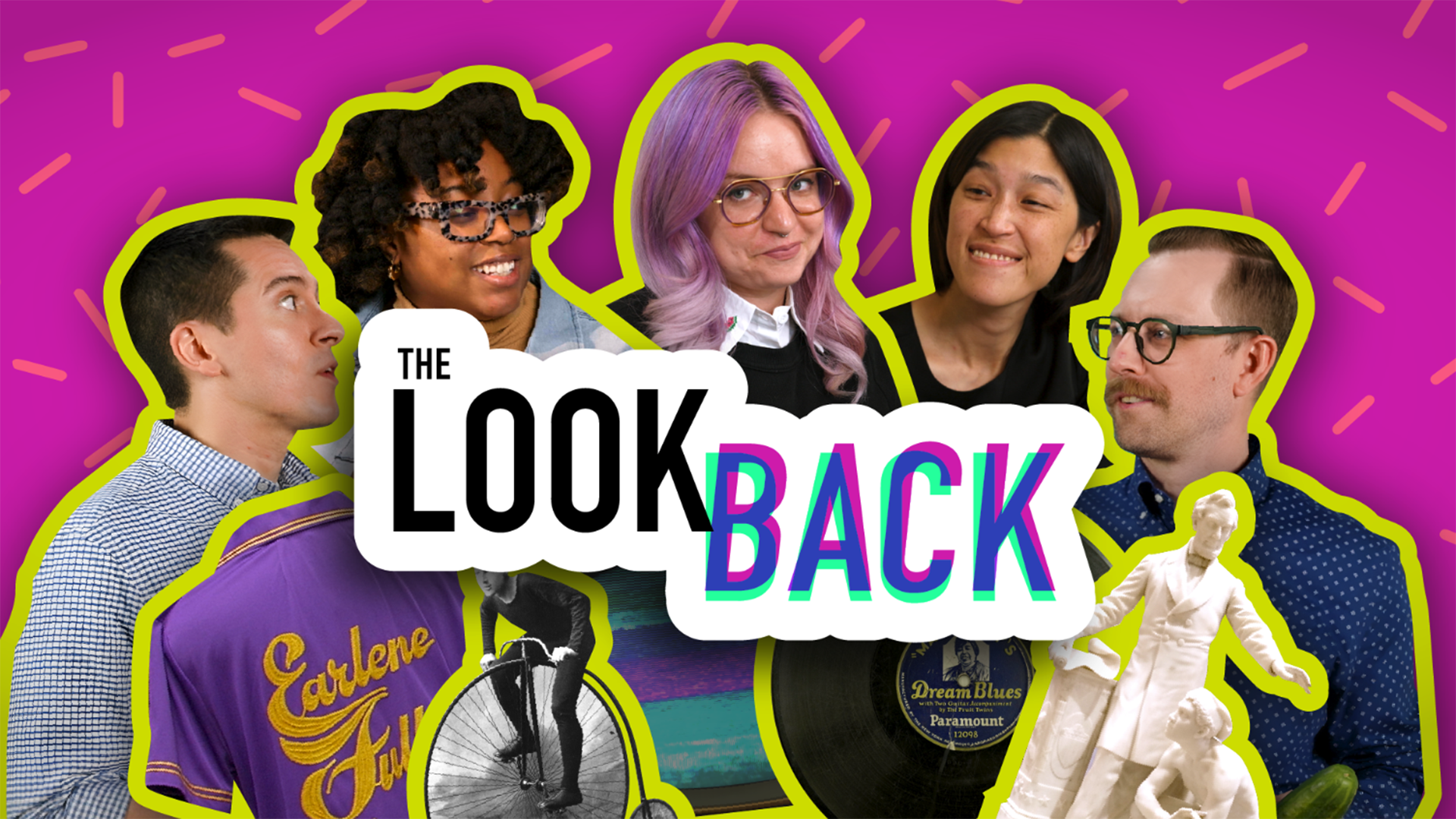




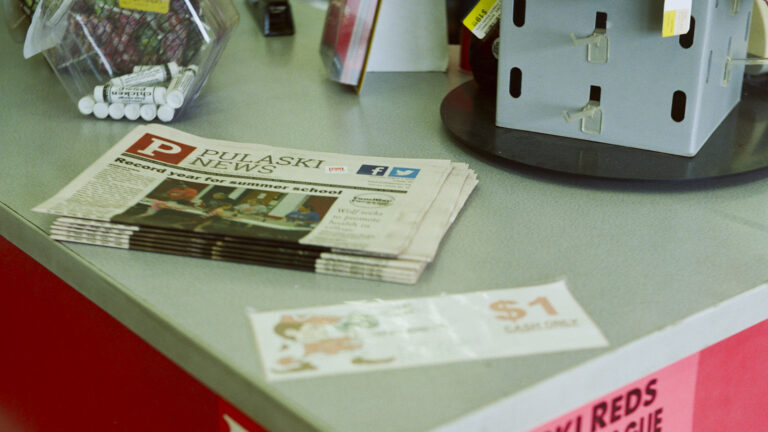
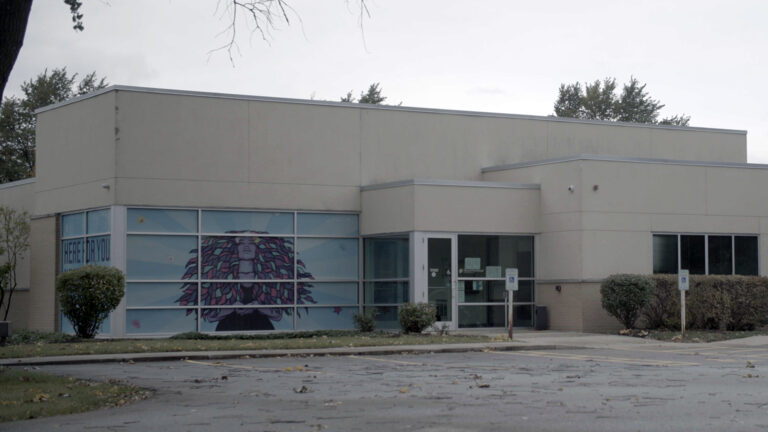
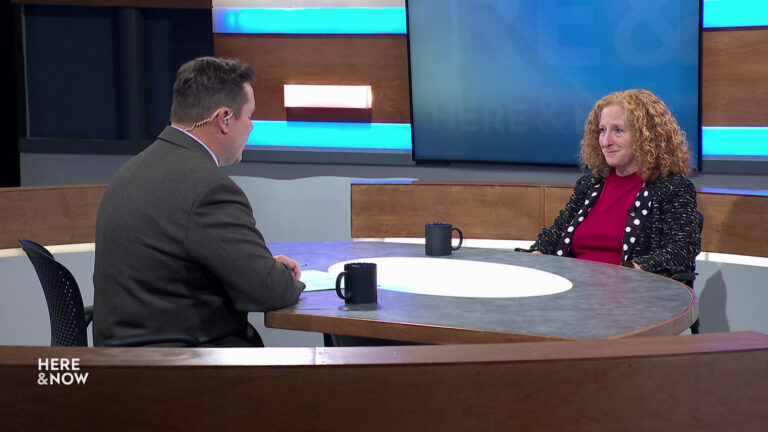
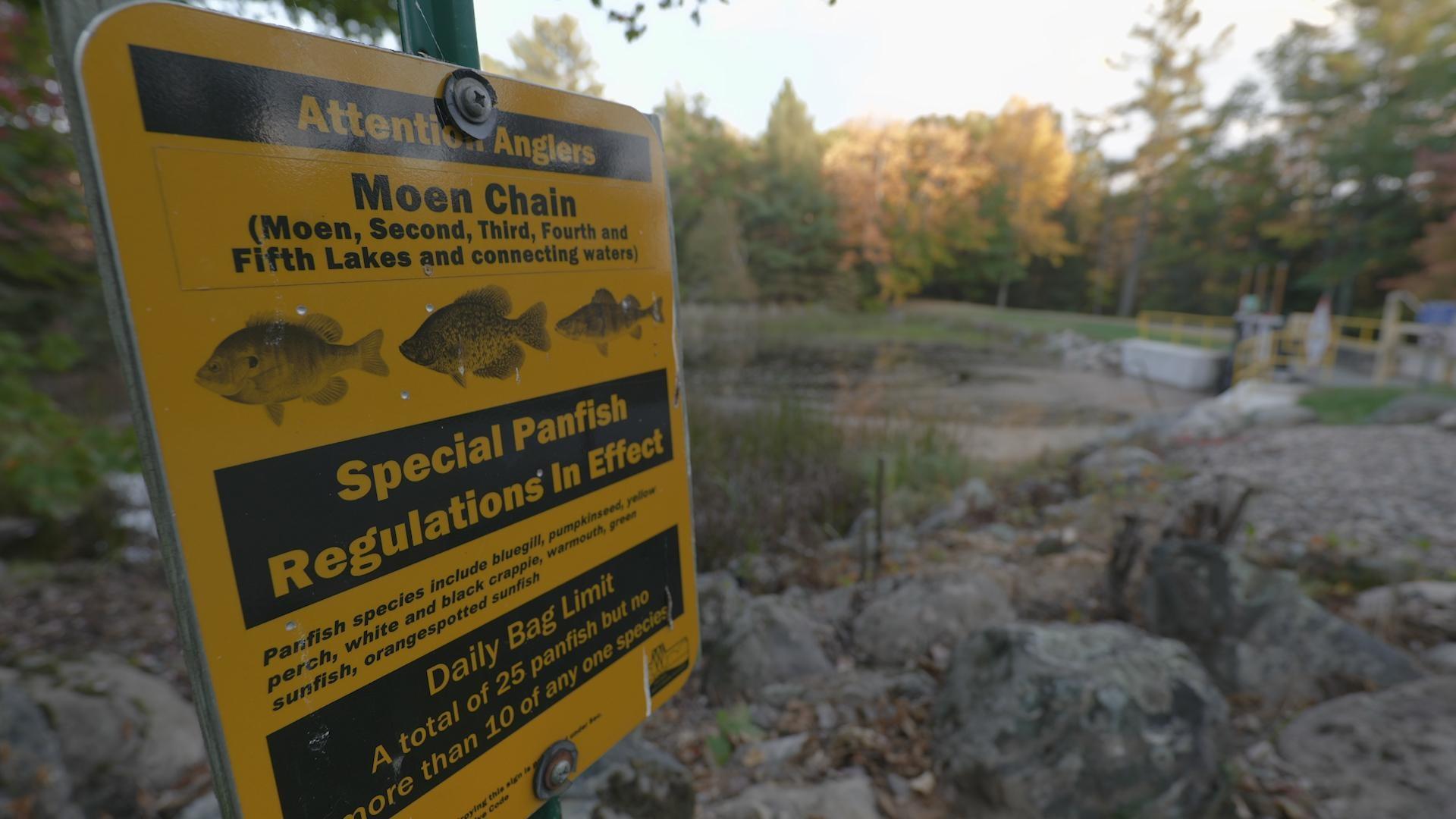


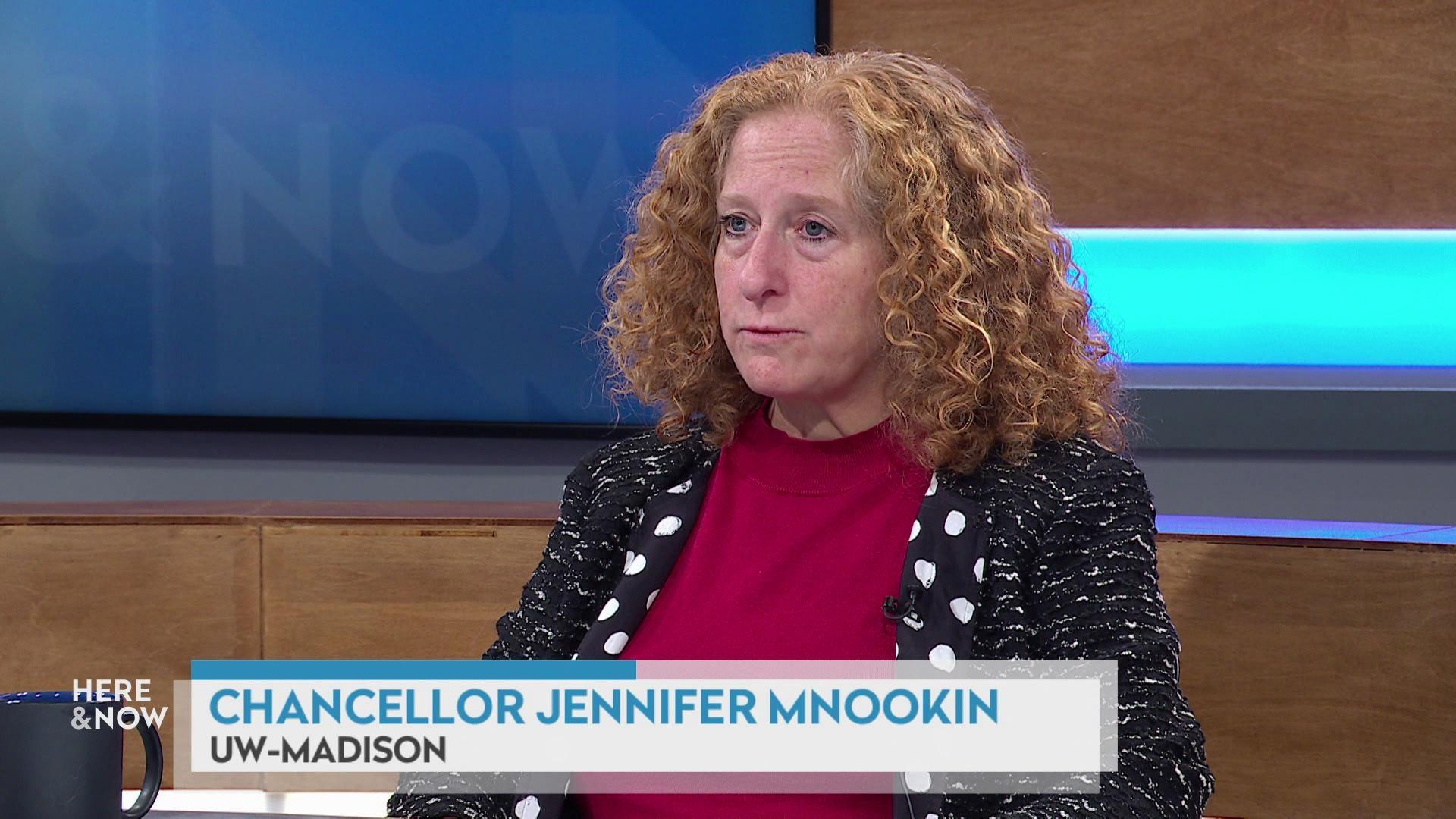
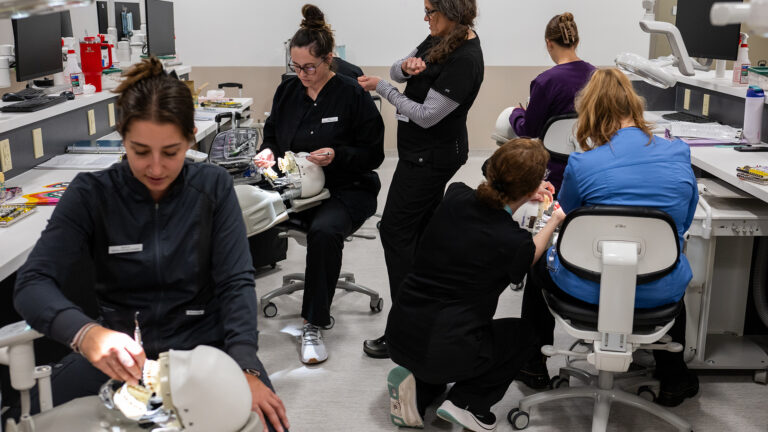
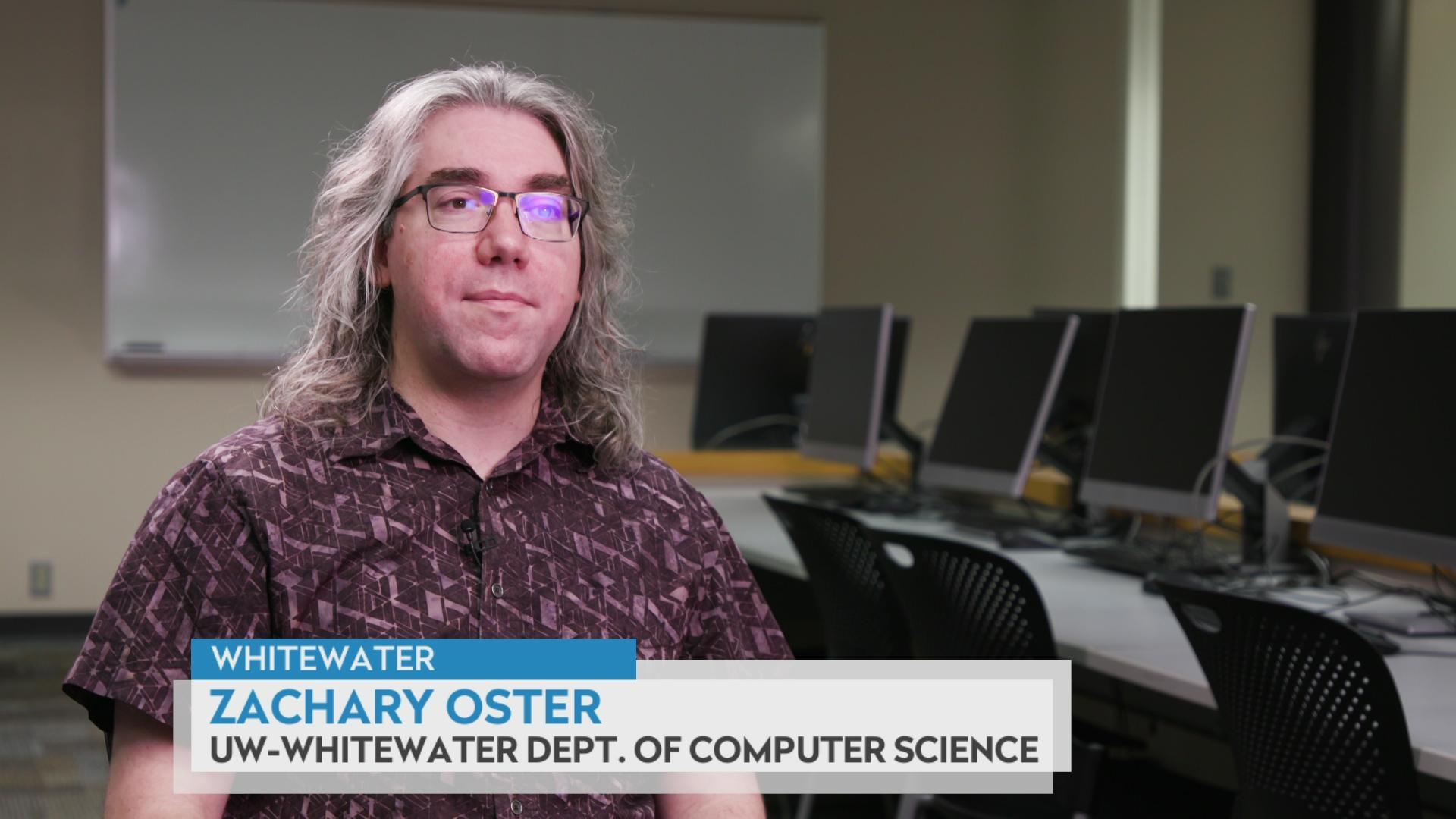



Follow Us